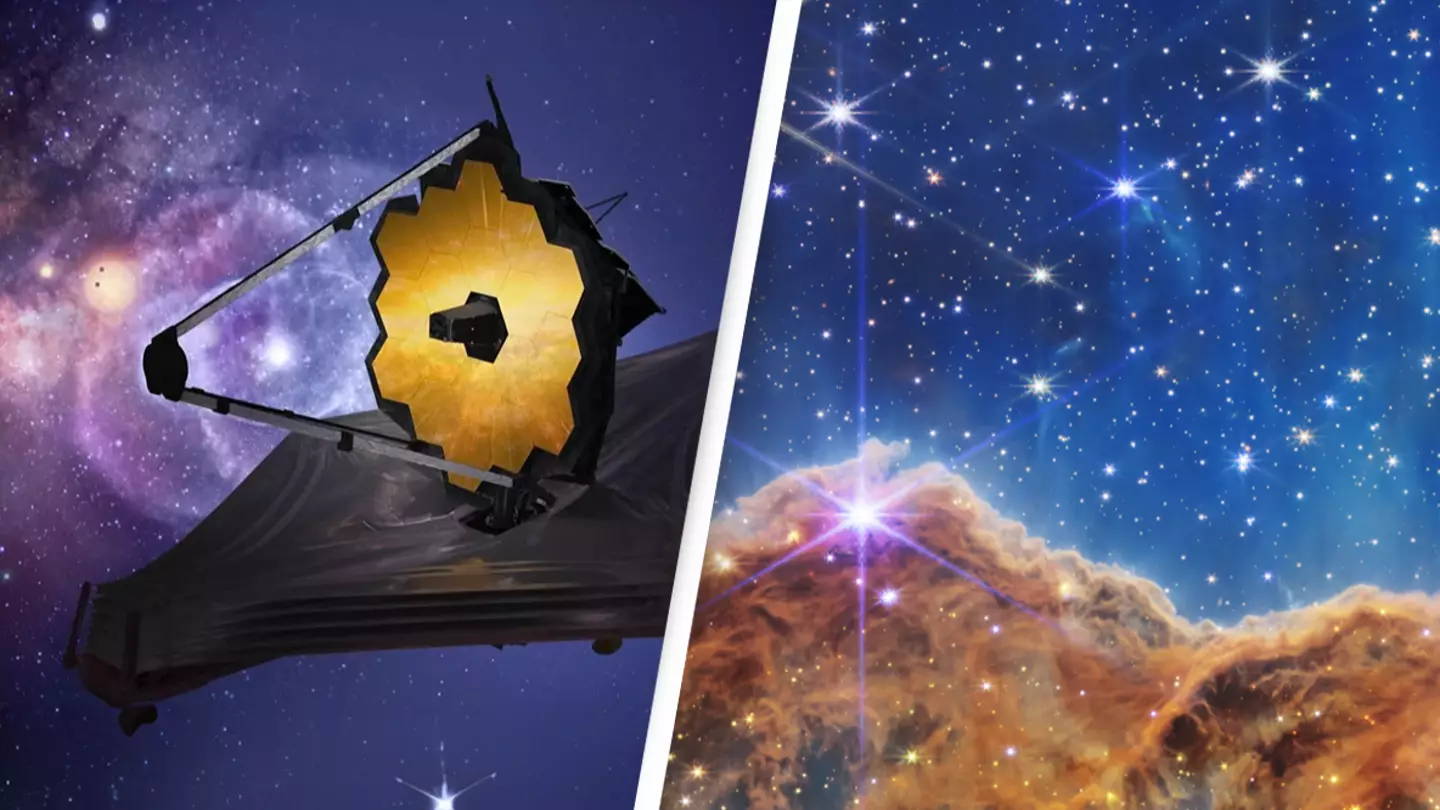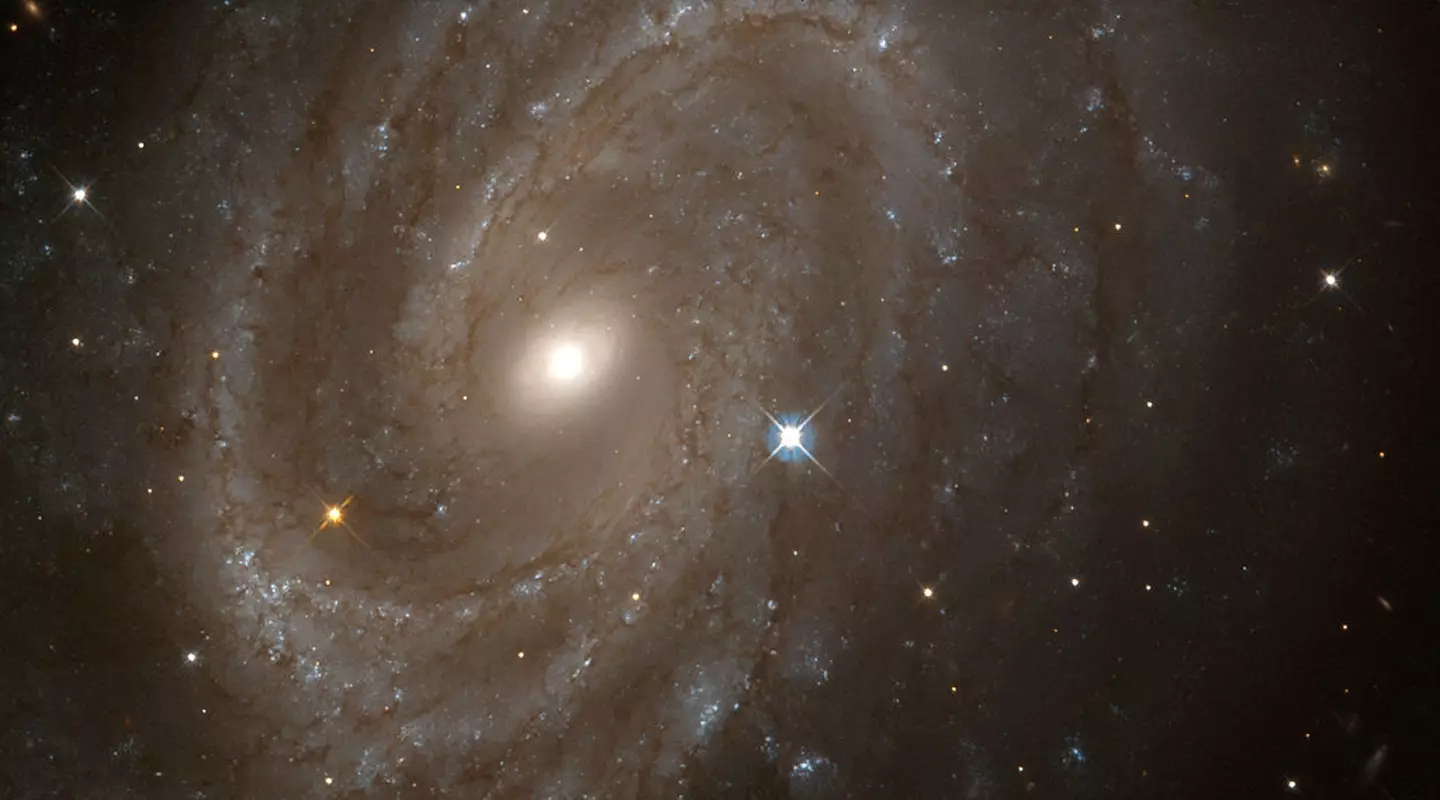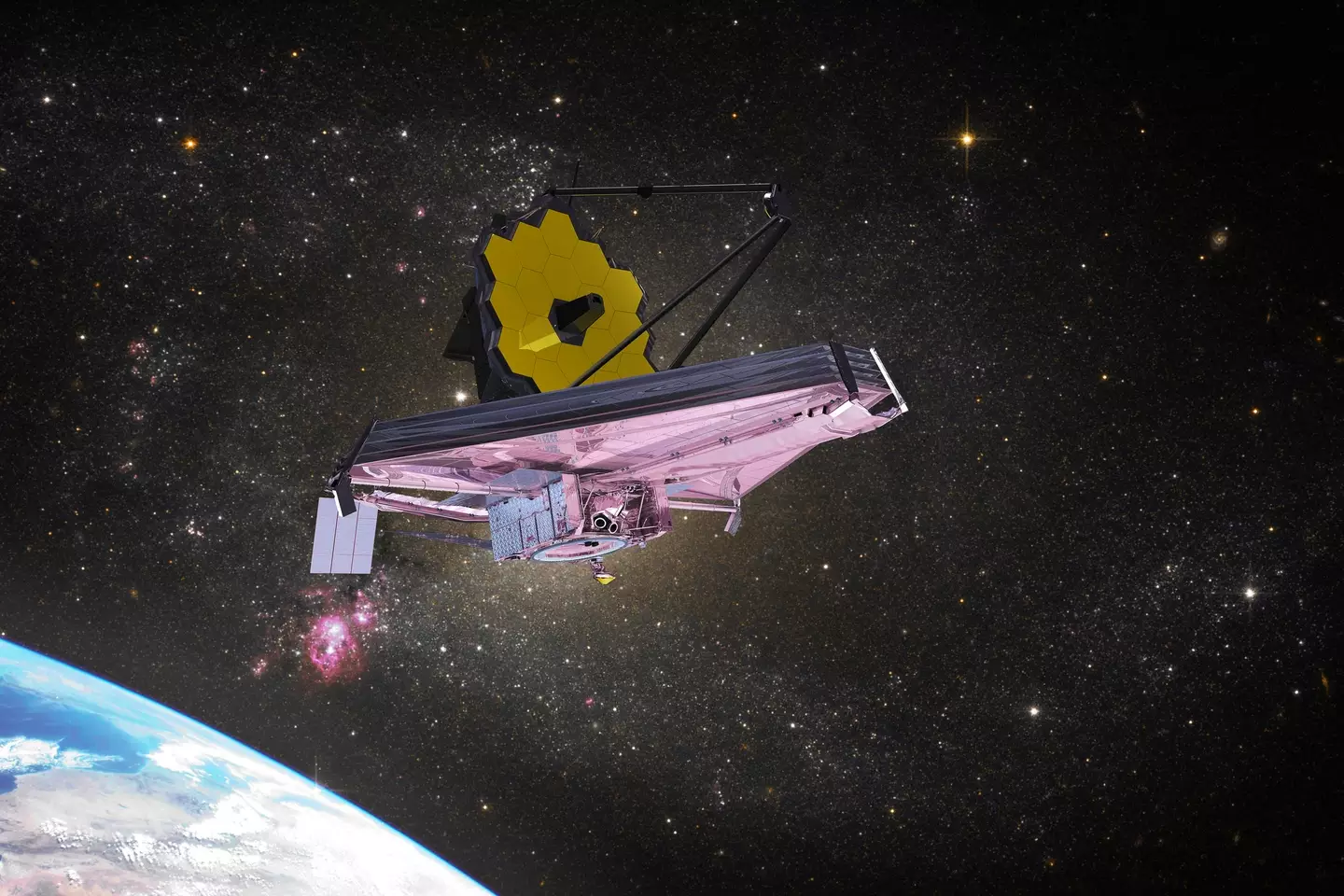
Just when we think scientists have discovered everything, there are new discoveries being made that change everything.
We often have the James Webb Space Telescope (JWST) to thank for most of these discoveries - which was first launched into space in December 2021.
Now it has given us another ground-breaking discovery that has astronomers realising that we can be very wrong about the universe.
In just over a year since the JWST was propelled into space, it has seen a lot - like a star being born 1,300 light years away from Earth or a star on the cusp of death.
Advert
The advanced telescope has captured several high resolution images of galaxies, black holes and much more.
But it doesn't only provide impressive photos, however, as the telescope has also made a significant contribution to the field of physics.
And now JWST - as well as the Hubble telescope - being used again to confirm one of the biggest problems in physics.

In a study published in the Astrophysical Journal Letters, our theory of how our universe works could be very, very wrong.
Advert
And that is that the universe appears to be expanding at varying speeds - which is very much dependant on where you look.
This is known as Hubble tension and last year, JWST confirmed the initial measurements made by Hubble in 2019 - finally cementing the long-standing theory.
There is two ways to measure the Hubble constant - a value describing the universe's expansion rate.
The first method is using the Big Bang's leftovers - which are small fluctuations in the cosmic microwave background - while the second way is using pulsating stars, also known as Cepheid variables, using the outer layers of the stars to measure their brightness.

From 2009 to 2013, astronomers figured out from the first method to figure out the figure was roughly 46,200 mph per million light years, or about 67 kilometres per second per megaparsec (km/s/sMpc).
Advert
While lead author Adam Reiss, professor of physics and astronomy at Johns Hopkins University, and his colleagues, Saul Perlmutter and Brian P. Schmidt, discovered the universe's expansion rate is about 74 km/s/Mpc after using Cepheid variables, to look further into the past of the universe.
This value is a lot higher than the previously thought 67 km/s/Mpc.
And with this discovery, the world of cosmology has been catapulted into real uncertainty.

Reiss said: "With measurement errors negated, what remains is the real and exciting possibility we have misunderstood the universe."
Advert
It was initially believed the discovery was a measurement error by confusing Cepheid stars with regular stars in the Hubble's lens, however, that has now been proven not to be the case.
"We've now spanned the whole range of what Hubble observed, and we can rule out a measurement error as the cause of the Hubble Tension with very high confidence," he further explained.
"Combining Webb and Hubble gives us the best of both worlds. We find that the Hubble measurements remain reliable as we climb farther along the cosmic distance ladder."